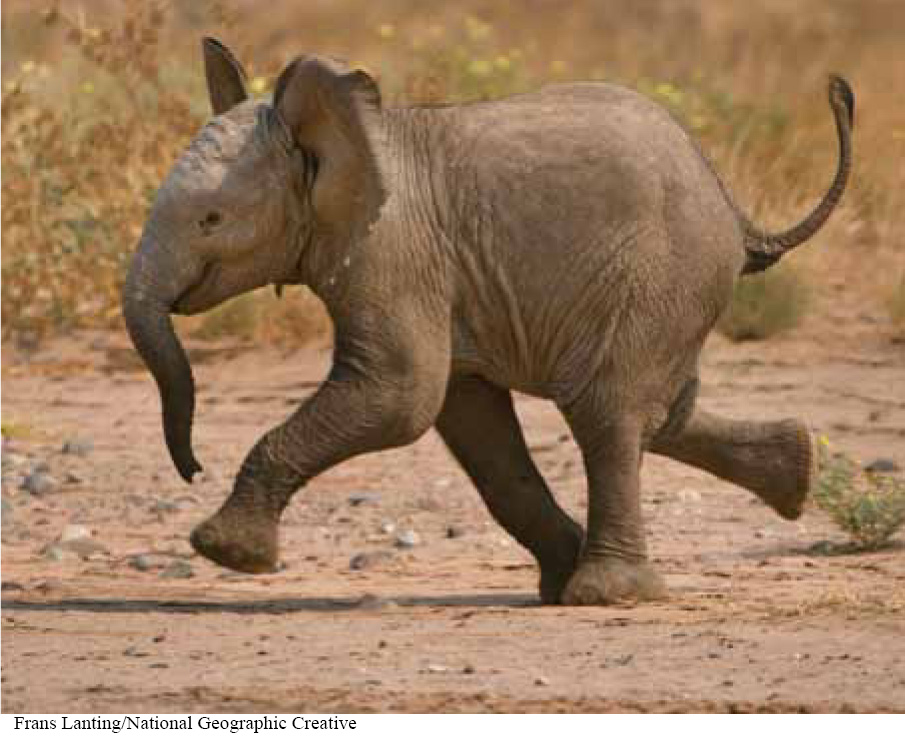
Size matters. When life first arose on earth, the tiny, single-
The evolution of large body sizes opened up a world of new niches in which organisms could live. Physiologically, however, large body sizes created a host of new challenges. With increasing size, most of an animal’s cells were no longer in direct contact with the outside world, the environment from which the animal obtained the oxygen, nutrients, water, and other substances it needed to survive. Consequently, essential substances could no longer just diffuse in, and waste products could no longer diffuse out adequately. As body size increased, dedicated delivery and removal systems became a necessity.
In animals, the primary distribution system is the circulatory system, which consists of tens of thousands of miles of hollow, tube-

1. Transport. Like a system of highways for delivering important goods and removing garbage, the circulatory system transports oxygen, nutrients, waste products, hormones, and immune system cells in the blood throughout the body.
- In vertebrates, blood vessels take oxygen from the lungs or gills and deliver it to the tissues for energy-
releasing cellular respiration. Blood arriving from the lungs or gills is loaded with oxygen and is said to be oxygenated or oxygen- rich. - Simultaneously, blood vessels whisk away carbon dioxide and other metabolic wastes that are produced by cellular respiration and other cell processes and must be removed from the body. Blood that carries a lot of carbon dioxide is said to be deoxygenated or oxygen-
poor. - Once food particles are digested, the nutrients must be absorbed and delivered to all the tissues of the body, for activity, growth, and reproduction.
- The circulatory system delivers hormones (chemicals produced throughout the body by glands and other tissues; see Chapter 24) to target tissues to regulate growth, development, and reproduction.
2. Body temperature regulation. By expanding or contracting the blood vessels closest to the exterior of the body, animals can release or absorb (or at least minimize the loss of) heat, a process that helps maintain body temperature within the optimum range for metabolism.
829
3. Protection. A variety of cells and chemicals contribute to an individual’s defenses against infection by pathogens. White blood cells, or leukocytes, can engulf and destroy many disease-
TAKE-HOME MESSAGE 21.1
In animals, the circulatory system is the chief distribution system. It transports gases, nutrients, waste products, and hormones to and from tissues throughout the body. The circulatory system also helps animals regulate their body temperature and protect against infection.
The circulatory system transports various molecules throughout the body, such as the transport of oxygen from the lungs to the other tissues of the organism for use in cellular respiration. Describe the other two principal functions of the circulatory system, giving a specific example of each.
The circulatory system also is important in body temperature regulation, which is accomplished by altering the flow of blood to vessels closest to the body's outer surface. The circulatory system also has a role in protection through white blood cells that engulf and destroy many potentially dangerous microorganisms. You may be able to think of other functions, too.